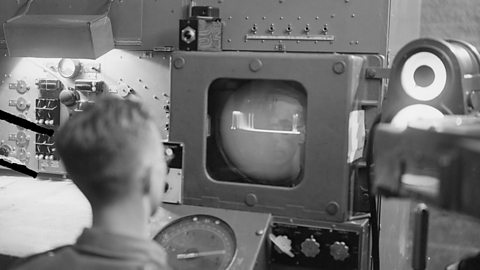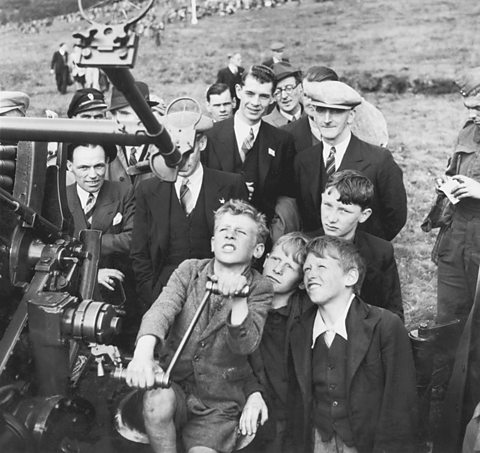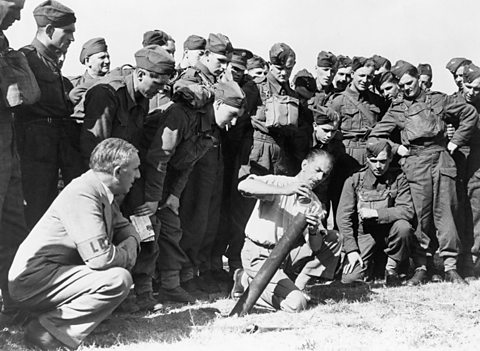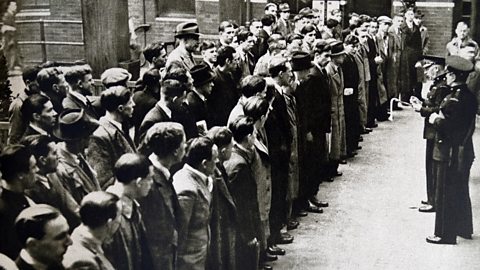Additional ways Britain prepared for war
Radar
This was absolutely vital to protect cities and their inhabitants from the German bombers. The plan was to detect aircraft by the use of radio waves, and it allowed the defending forces to fight against the LuftwaffeGermany's air force. planes.

Barrage balloons and anti-aircraft guns
Barrage balloons were placed in the skies above London to try and stop the German bombers from coming in too low - this reduced the level of success of the bombing campaigns.
Anti-aircraft guns were also built to try to limit the potential damage the German bombers could cause.

Home Guard
It became clear that Britain was at serious risk of being invaded by the strong German forces. This became even more apparent after so many early Nazi victories and the necessary Dunkirk evacuation in 1940.
The Home Guard were volunteers who were armed and trained to defend the British towns and cities if the German forces successfully landed. It was operational from 1940 until 1944, and composed of 1.5 million local volunteers.

Conscription
As the numbers involved in the armed forces were so low, conscription was introduced to cope with the demands of war. The Military Training Act of April 1939 made it compulsory for men aged between 20 and 22 to join the armed forces. In September 1939, the National Services Act made it compulsory for men aged between 18 and 41 to join.
By the end of 1939 over 1.5 million men had been brought in to join the British armed forces.
From these numbers over 1.1 million were placed into the British Army, and the rest were split between the Royal Navy and the RAF.

Reserved occupations
It was vital to keep workers in certain occupations free to continue their roles, especially if they would help the war effort.
Learning from the lessons of World War One, in 1938 a Schedule of Reserved Occupations had been drawn up, exempting certain key skilled workers from conscription
This covered 5 million men in a vast range of jobs. These included engineers, rail workers, dock workers, miners, farmers, agricultural workers, schoolteachers and doctors.